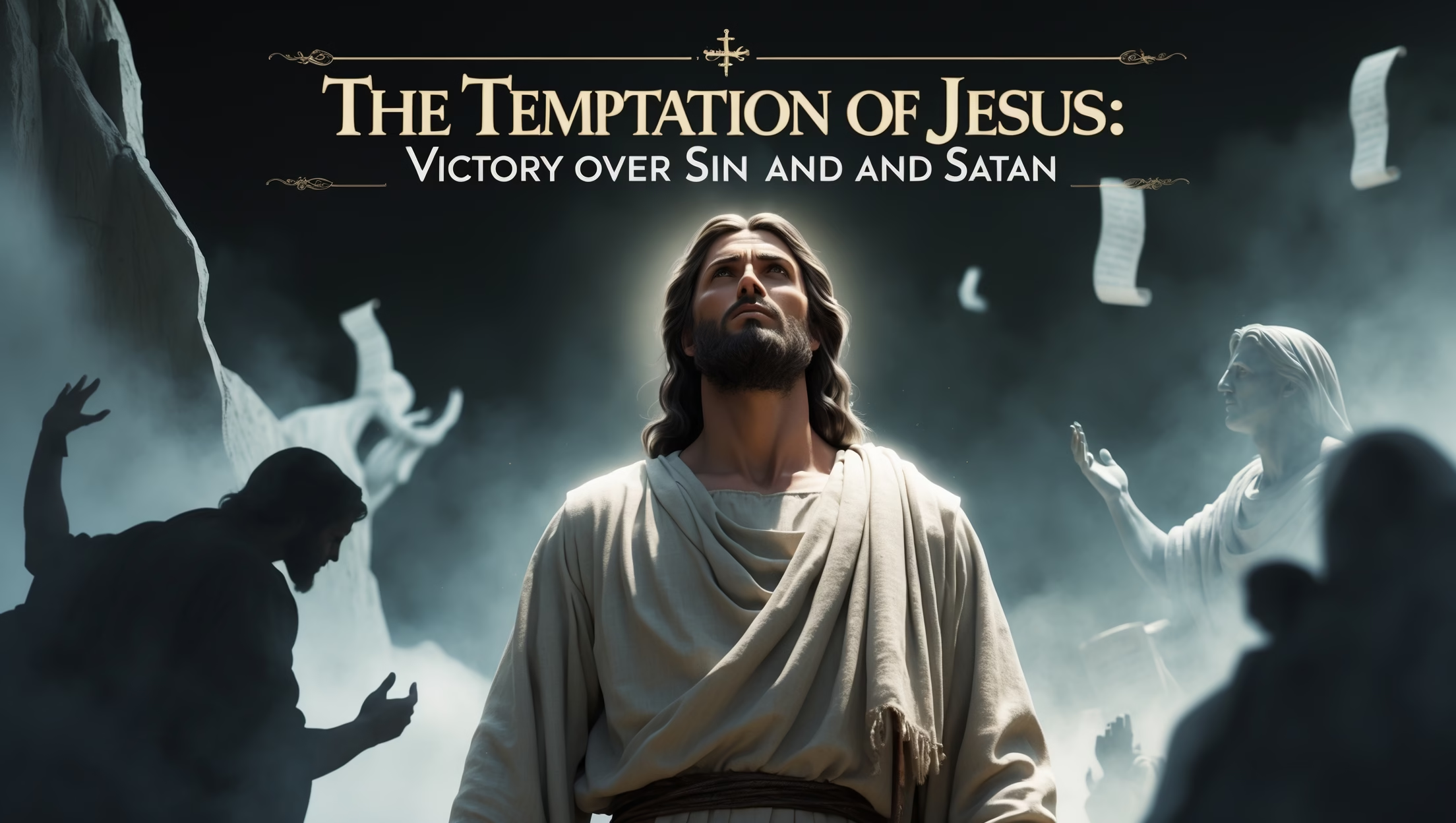The dusty roads of first-century Judea were crowded with rabbis, revolutionaries, and reformers – yet one teacher from Nazareth stood apart. Jesus of Nazareth didn’t reject Judaism; He fulfilled it in ways that both honored and revolutionized centuries of tradition. To understand Jesus properly, we must see Him not as a Christian against Judaism, but as a Jewish reformer within it – one whose teachings about God’s Kingdom would ultimately transform the world.
A Teacher Deeply Rooted in Jewish Practice
Jesus lived as an observant Jew. He attended synagogue, celebrated Jewish festivals, wore fringed garments, and debated Torah interpretation like other rabbis of His day. His famous Sermon on the Mount begins not by rejecting the Law, but by declaring: “Do not think that I have come to abolish the Law or the Prophets; I have not come to abolish them but to fulfill them.”
Yet Jesus consistently interpreted Scripture in ways that surprised – and often scandalized – His contemporaries. Three areas reveal how He both honored and transformed Jewish tradition.
Sabbath: From Restriction to Restoration
The Pharisees had developed an elaborate system of Sabbath regulations. When Jesus healed on the Sabbath and allowed disciples to pick grain, He wasn’t rejecting Sabbath observance but redefining its purpose: “The Sabbath was made for man, not man for the Sabbath.”
His actions declared that compassionate restoration of God’s image-bearers fulfilled Sabbath’s true intent – a radical claim that God’s rest includes bringing wholeness to a broken world.
Purity Laws: From External to Internal
Jewish purity codes created boundaries: clean/unclean, sacred/profane. Jesus touched lepers, dined with sinners, and declared all foods clean – not to dismiss holiness but to recenter it: “Nothing outside a person can defile them… What comes out of a person is what defiles them.”
This wasn’t license for lawlessness; it was the more demanding call to purity of heart.
Temple: From Place to Presence
When Jesus cleansed the Temple, He quoted Jeremiah’s warning about hollow ritual. His cryptic saying – “Destroy this temple, and in three days I will raise it up” – pointed toward God’s presence dwelling not in stone, but in His resurrected body and, by extension, His people.

The Jewish Jesus Who Transformed Judaism
Jesus’ conflicts with Pharisees weren’t rejections of Judaism but family debates about its truest expression. His parables drew on Jewish storytelling. His ethics deepened Torah’s call to love God and neighbor. Even the Lord’s Prayer follows Jewish prayer patterns while inviting intimate address of God as “Abba.”
The early Church struggled to understand how Jesus fulfilled Jewish hopes. Paul would later argue that in Christ, “There is neither Jew nor Gentile” – not by erasing Jewish identity but by expanding God’s family.
Why This Matters Today
Understanding Jesus’ Jewish context prevents anti-Semitism by showing Christianity’s roots in Judaism, enriches faith by revealing layers of meaning in Jesus’ teachings, challenges modern legalism as Jesus challenged ancient legalism, and offers hope that God works through cultural forms while transcending them.
The Jewish carpenter from Nazareth didn’t come to start a new religion but to fulfill an ancient story. Those who follow Him today inherit both the richness of that story and its revolutionary call to love without boundaries.










